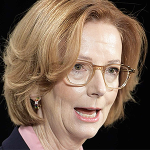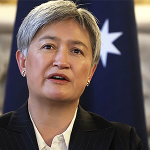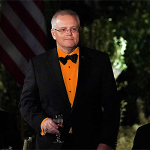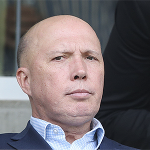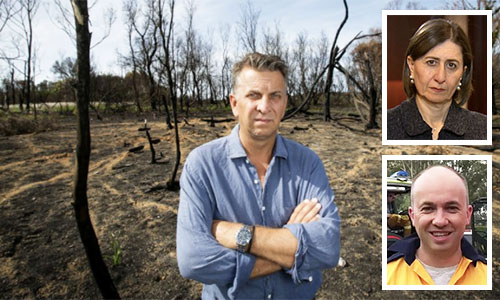Australia’s eSafety Commissioner has conceded their position regarding orders sent to X to block footage of the attack on Bishop Mar Mari Emmanuel.
In April of this year, the eSafety Commissioner wrote, or should we say, ‘demanded’:
‘I am exercising my powers under the Online Safety Act to formally compel [online platforms] to remove [the footage]. I have issued a notice to X requiring them to remove this content. A legal notice will also be sent to Meta this afternoon, and further notices are likely to follow. I will not hesitate to use further graduated powers at my disposal if there is non-compliance.’
This request was made possible by the authority contained within the Online Safety Act and its new eSafety Commission set up by the former Liberal government.
Australia now sits on the map beside places such as China, Brazil, and Russia when it comes to the restriction of news stories.
Many have grown to suspect this Online Safety Act, whether intentional or accidental, constrains the independent press granting a de facto market advantage to established media giants. In doing so, it also strengthens the media’s existing political relationships.
Social media and the sudden rise of citizen journalism presents an existential threat to the media. By extension, it has weakened the control our government has over public reception to its policies. Criticism can no longer be silenced with the promise of a seat on the press bus.
Previously, online government censorship existed in the shadows through private requests made to platforms, particularly during Covid. The public suspected something was amiss, but Elon Musk confirmed the political interference after purchasing Twitter. 4,000 requests were secretly made by the Morrison government to censor posts, the majority of which turned out to be true. Was this an abuse of power, and why has there been no apology from the Liberals who today say they oppose Labor’s censorship bill? Does the current leadership regret its previous actions? We do not know. They will not discuss it.
‘The online world cannot be a cowards’ cavern where the rules of the real world do not exist,’ said then-Prime Minister, Scott Morrison. ‘Big tech and social media giants must be held to account. Our plan will force them to do more – they cannot create it, and wash their hands of all consequences of it.’
Funny. That’s how most people feel about politicians and their hair-brained policies.
Over the weekend, the eSafety Commissioner, Julie Inman Grant, announced:
‘Today I have decided to consolidate action concerning my Class 1 removal notice to X Corp in the Administrative Appeals Tribunal. After weighing multiple considerations, including litigation across multiple cases, I have considered this option likely to achieve the most positive outcome for the online safety of all Australians, especially children.’
It would be interesting to hear an elaboration from the eSafety Commissioner about how removing video footage of a news incident helped ‘keep children safe online’ when no such action has been taken to remove far more violent footage of things such as … the ongoing war between Israel and Hamas.
Why this footage? Why this incident? By what criteria is the censorship of the news undertaken and how, we may ask, is one piece of footage more damaging to ‘children’ than another?
Or, as many of us suspect, is ‘child safety’ being increasingly and lazily used as a means to justify the censorship of adults?
X’s Global Government Affairs account posted the following:
X welcomes the decision of the Australian eSafety Commissioner to concede that it should not have ordered X to block the video footage of the tragic attack on Bishop Mar Mari Emmanuel.
After the attack, a number of X users posted video footage of the event. The Bishop himself thought the public should be allowed to see the footage. However, the eSafety Commissioner ordered X to block Australians from seeing the footage on X – even though it was available on some other platforms.
X objected but complied within Australian borders, pending a legal challenge by X. Unsatisfied, the eSafety Commissioner demanded that social media platforms censor the footage worldwide. While other social media companies did so, X fought in the Australian federal court. The court ruled in favour of X and rejected the eSafety Commissioner’s global censorship demand.
Meanwhile, X filed a legal challenge arguing that the video footage should not be blocked even in Australia. Six months later, the eSafety Commissioner has conceded that X was correct all along and Australians have a right to see the footage.
It is regrettable the Commissioner used significant taxpayer resources for this legal battle when communities need more than ever to be allowed to see, decide and discuss what is true and important to them.
Whether in Australia or around the world, X will fight for your right to free speech.
This is not the only battle for free speech being fought online. Billboard Chris is still waiting for his appeal against the eSafety Commissioner to be held next year.
The eSafety Commission brands itself as ‘empowering all Australians to have safer and more positive experiences online’ but that depends on your definition of ‘safety’, ‘positivity’, and ‘empowerment’.
What is empowering about having an unelected and unaccountable government authority deciding what we can and cannot know about our world?


